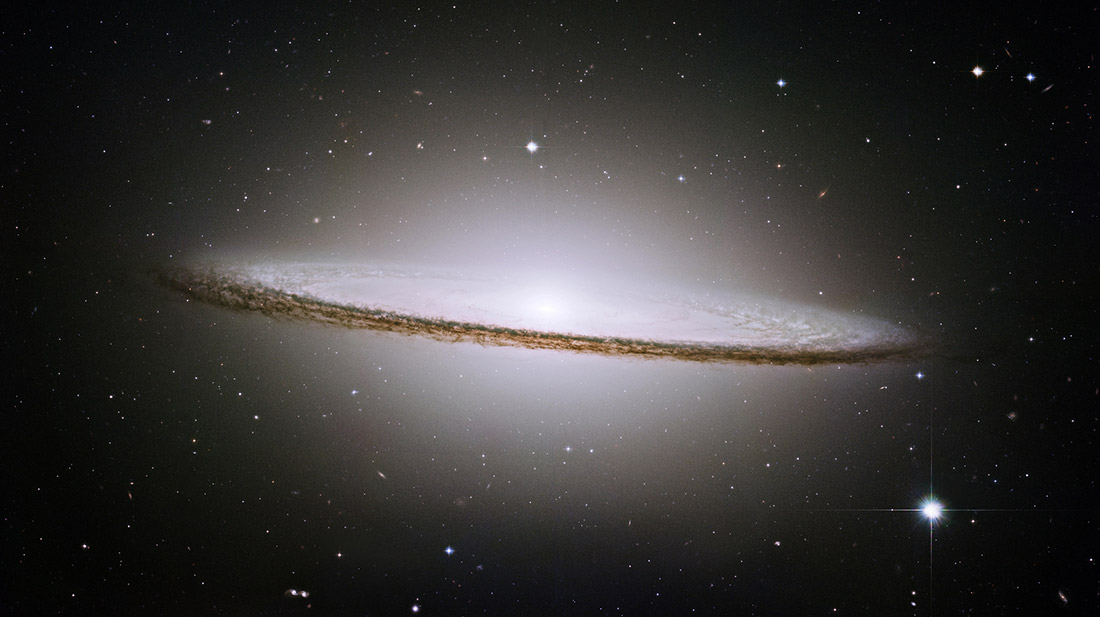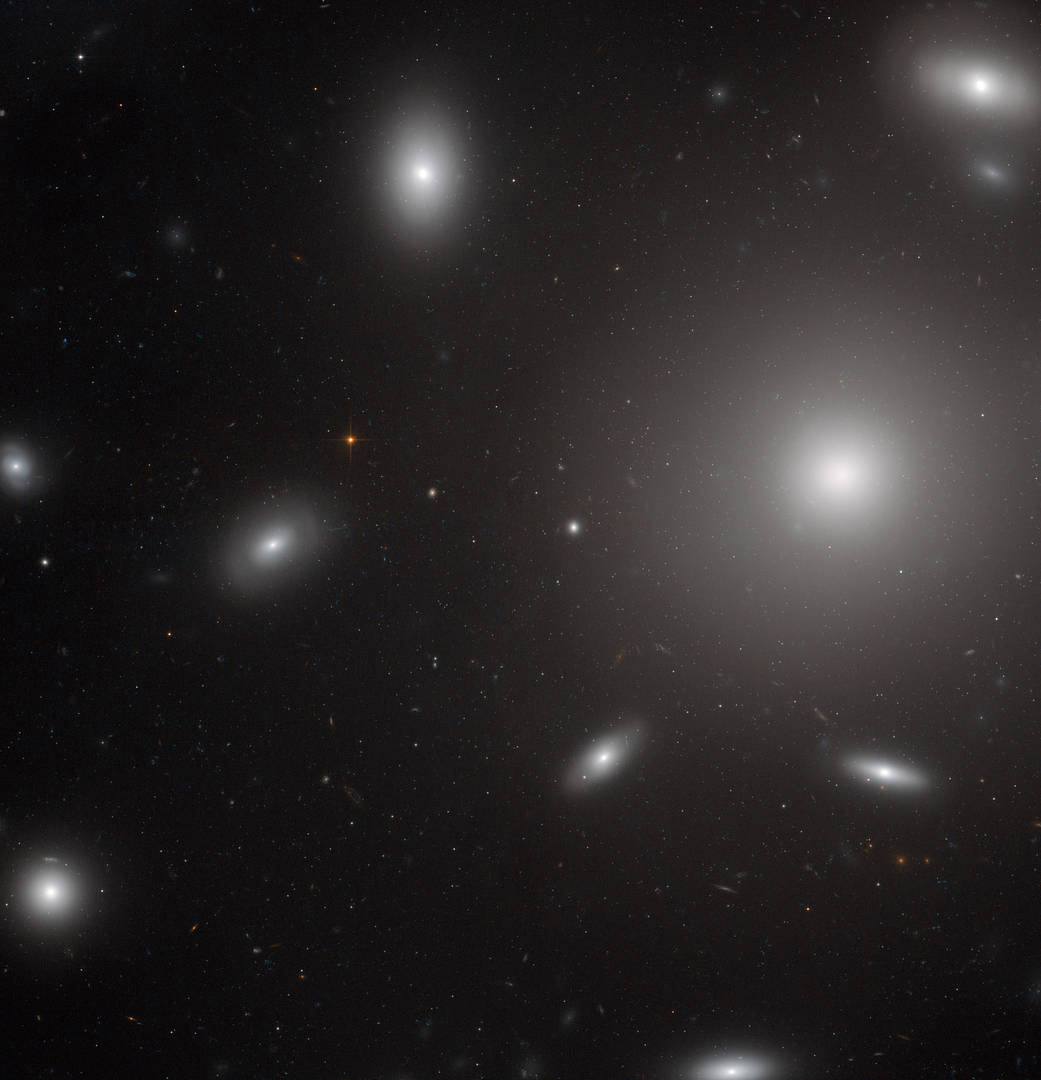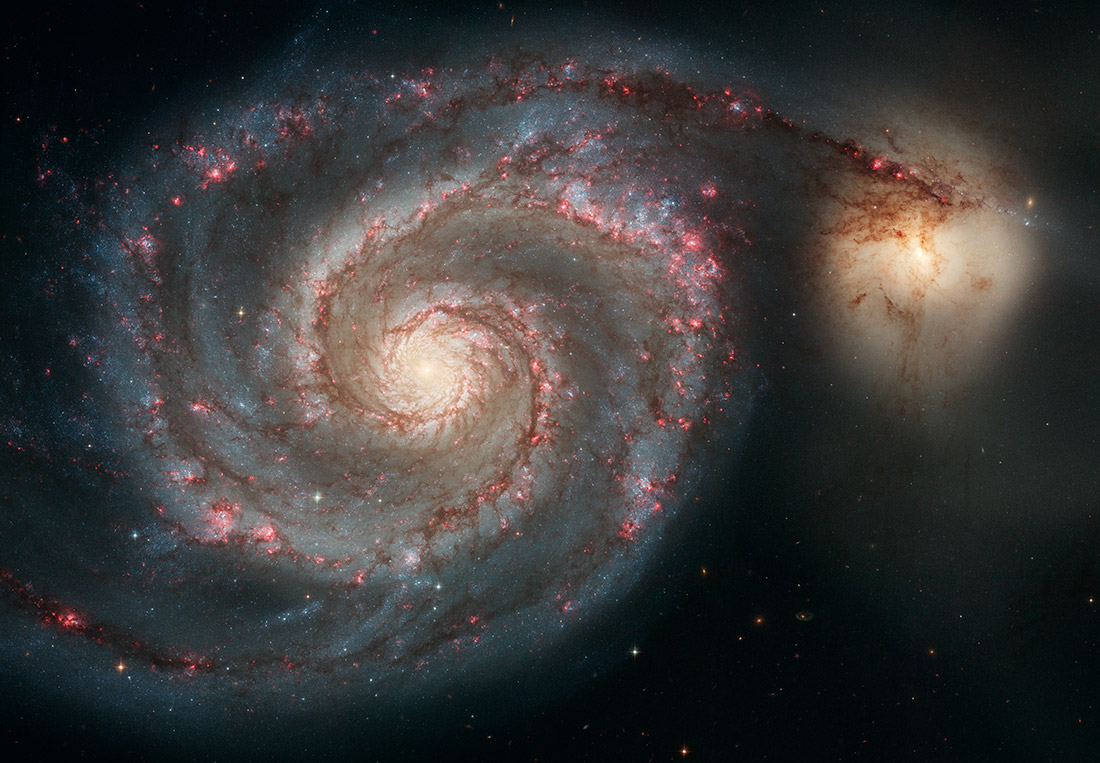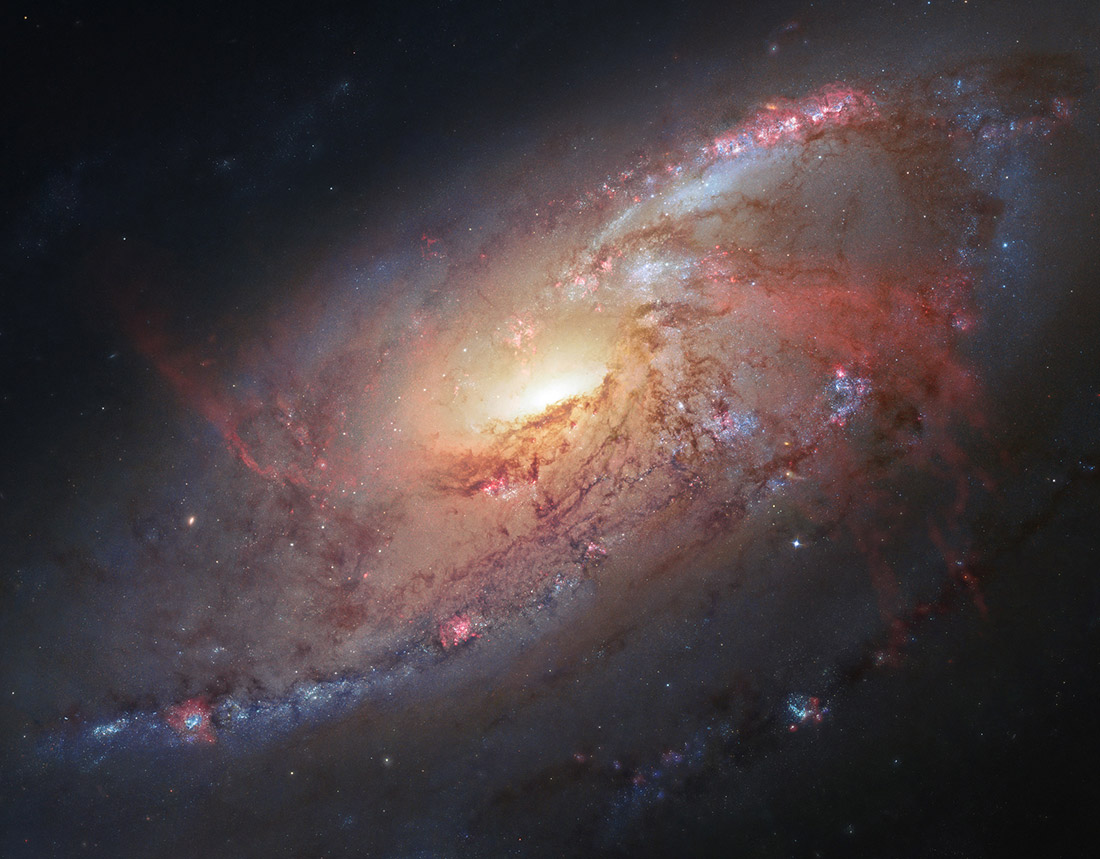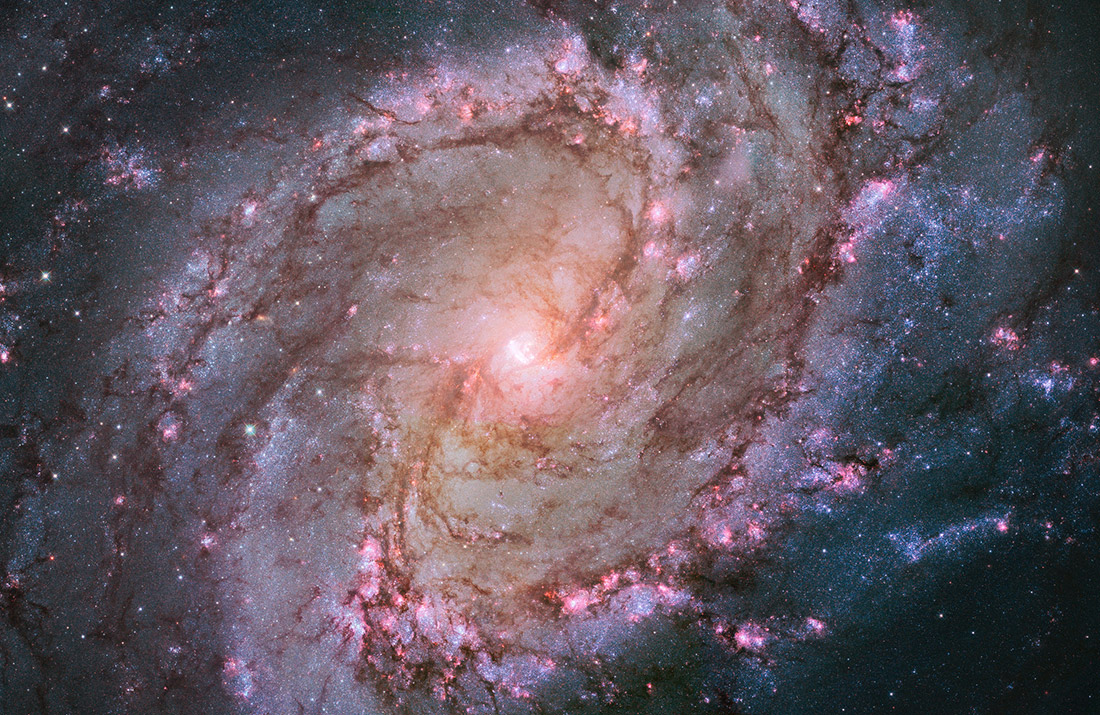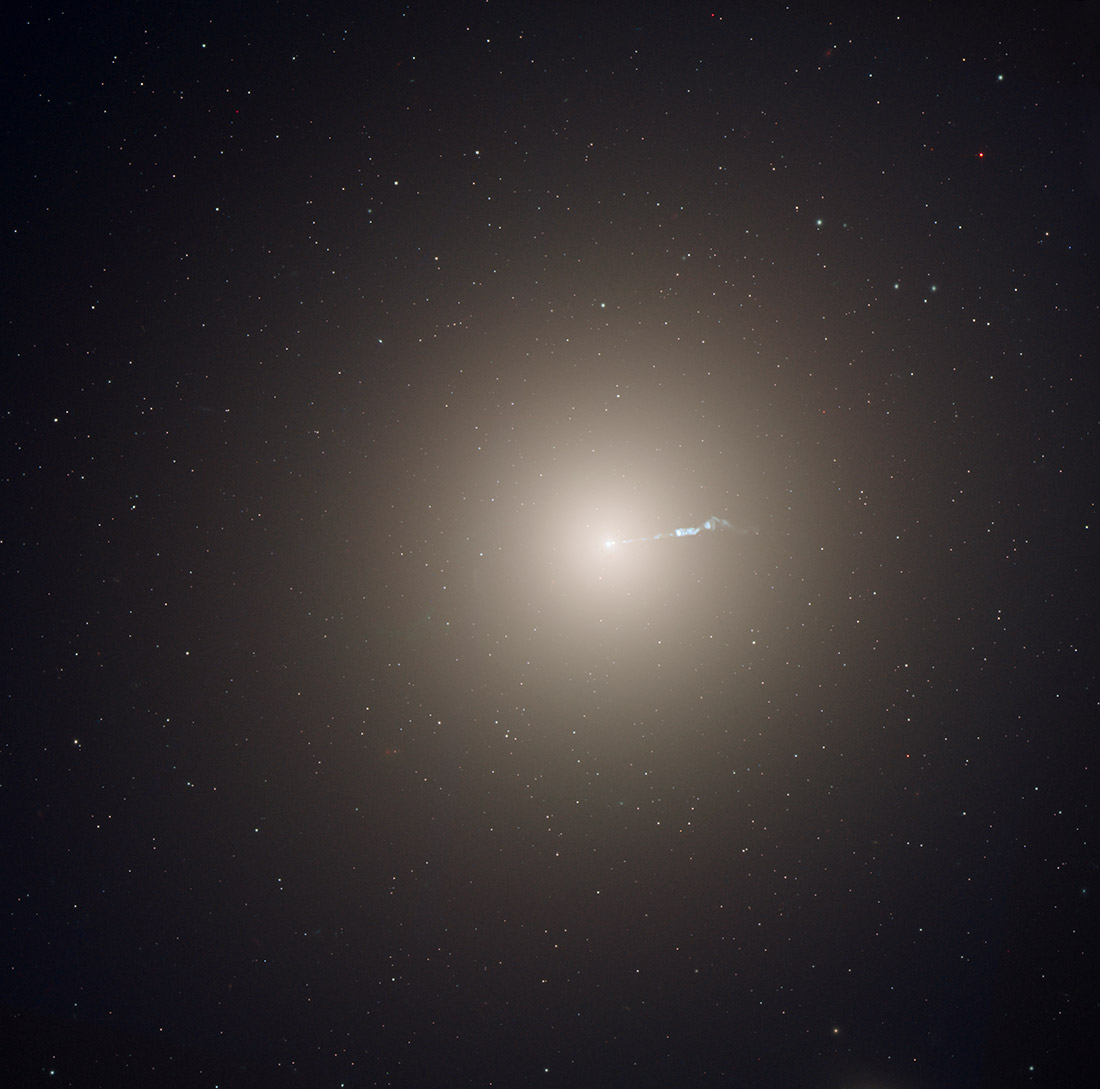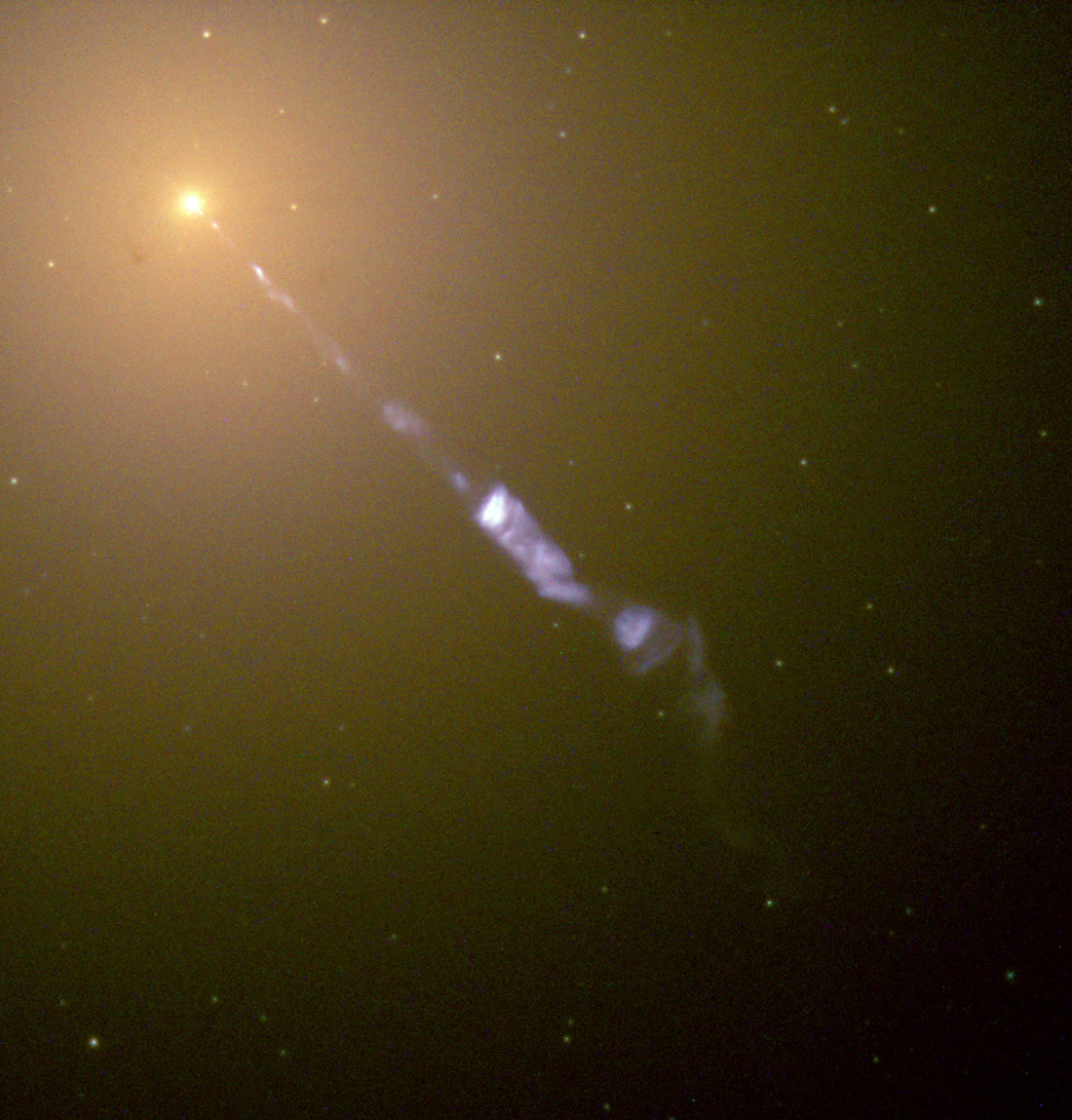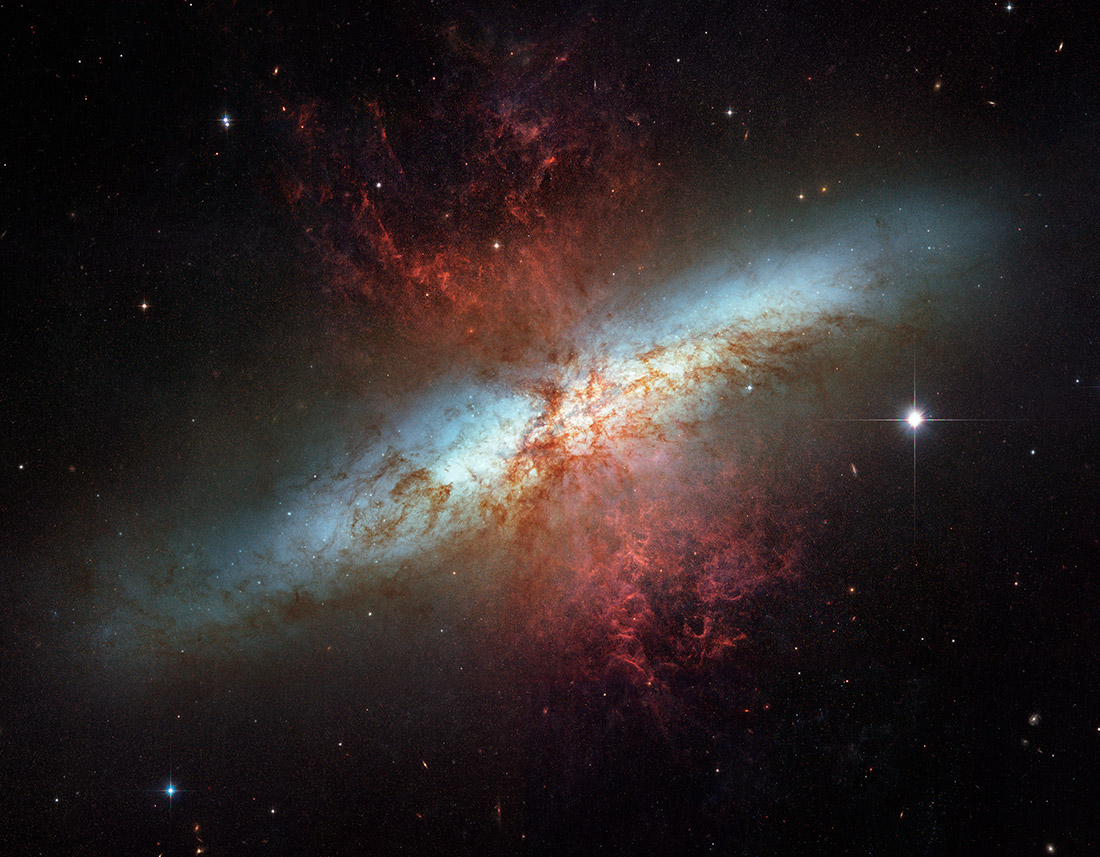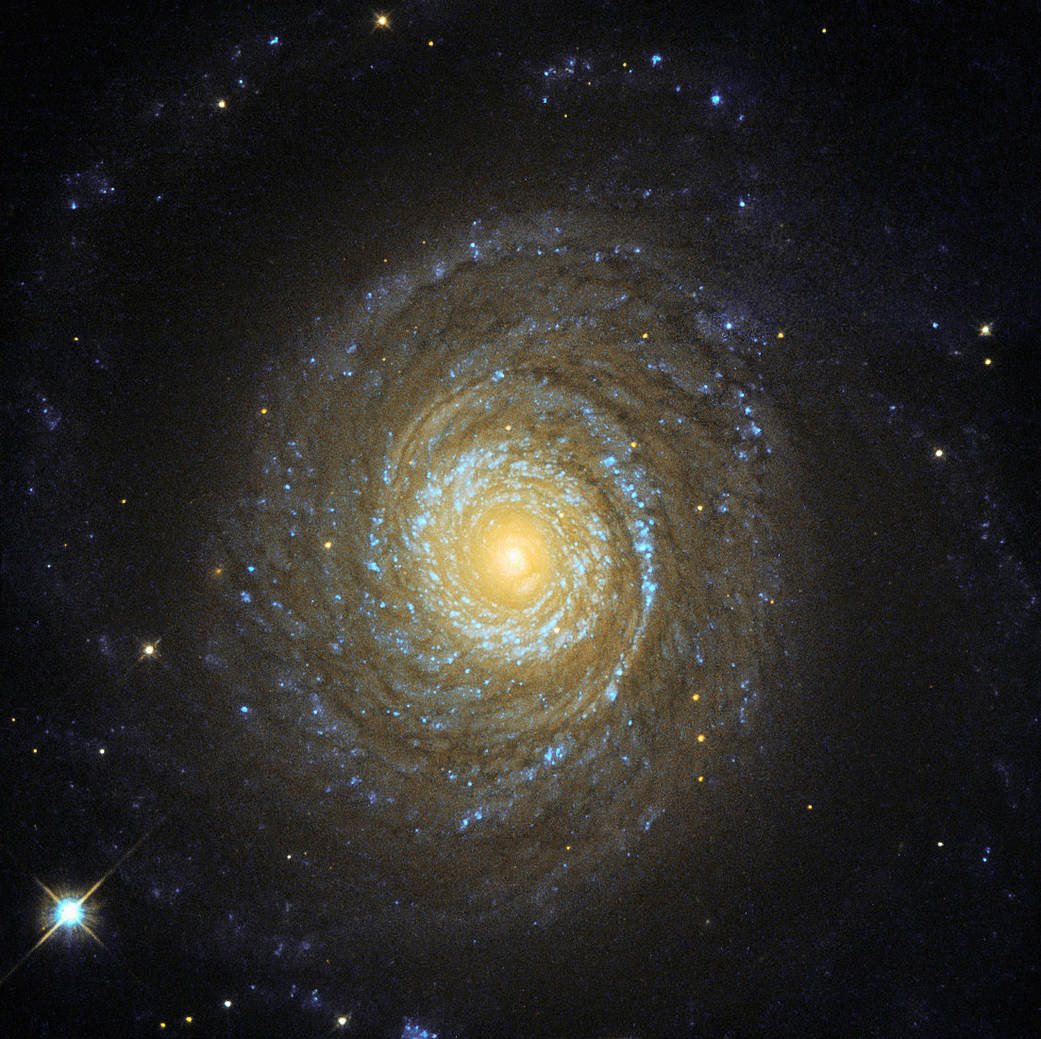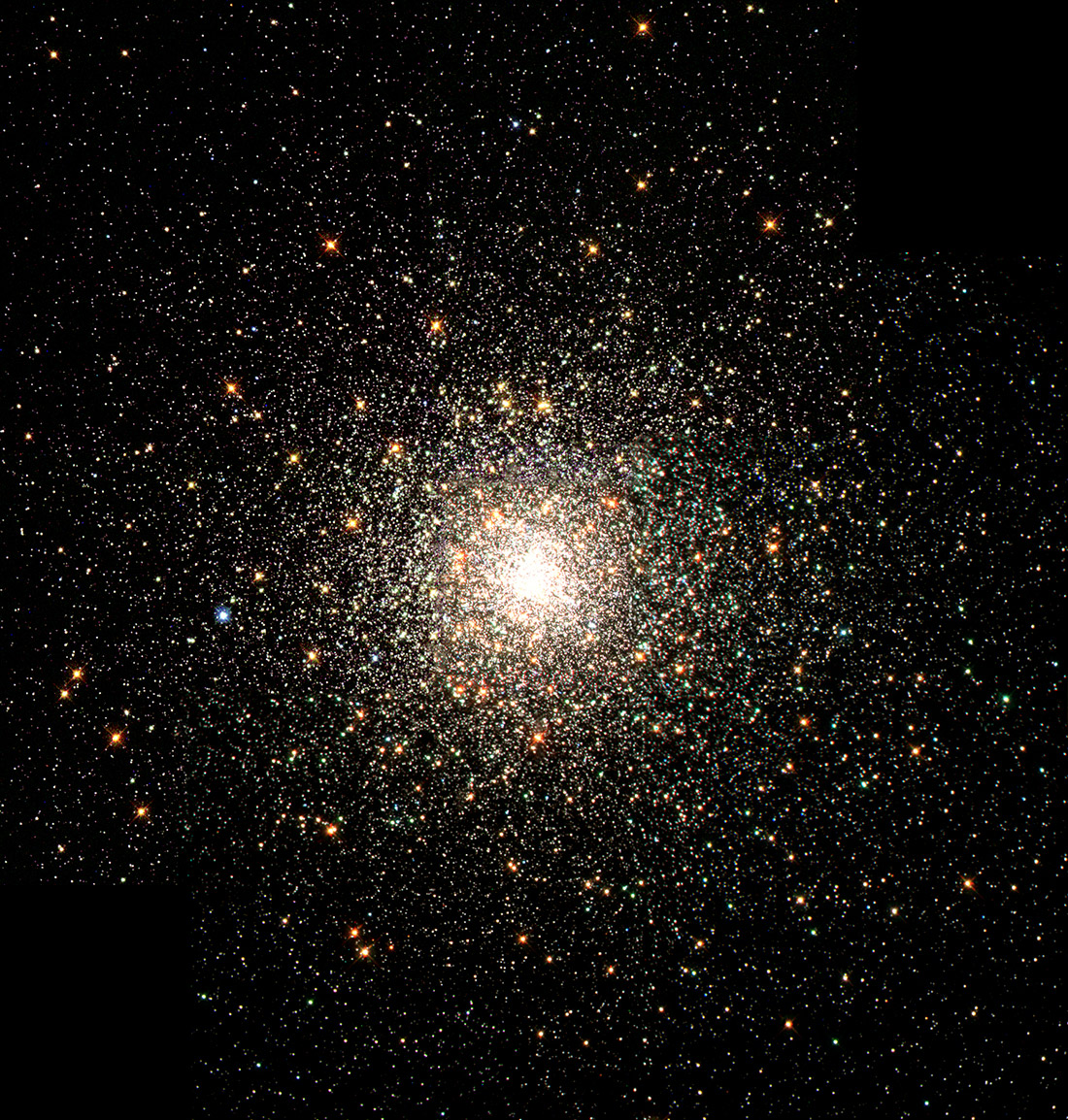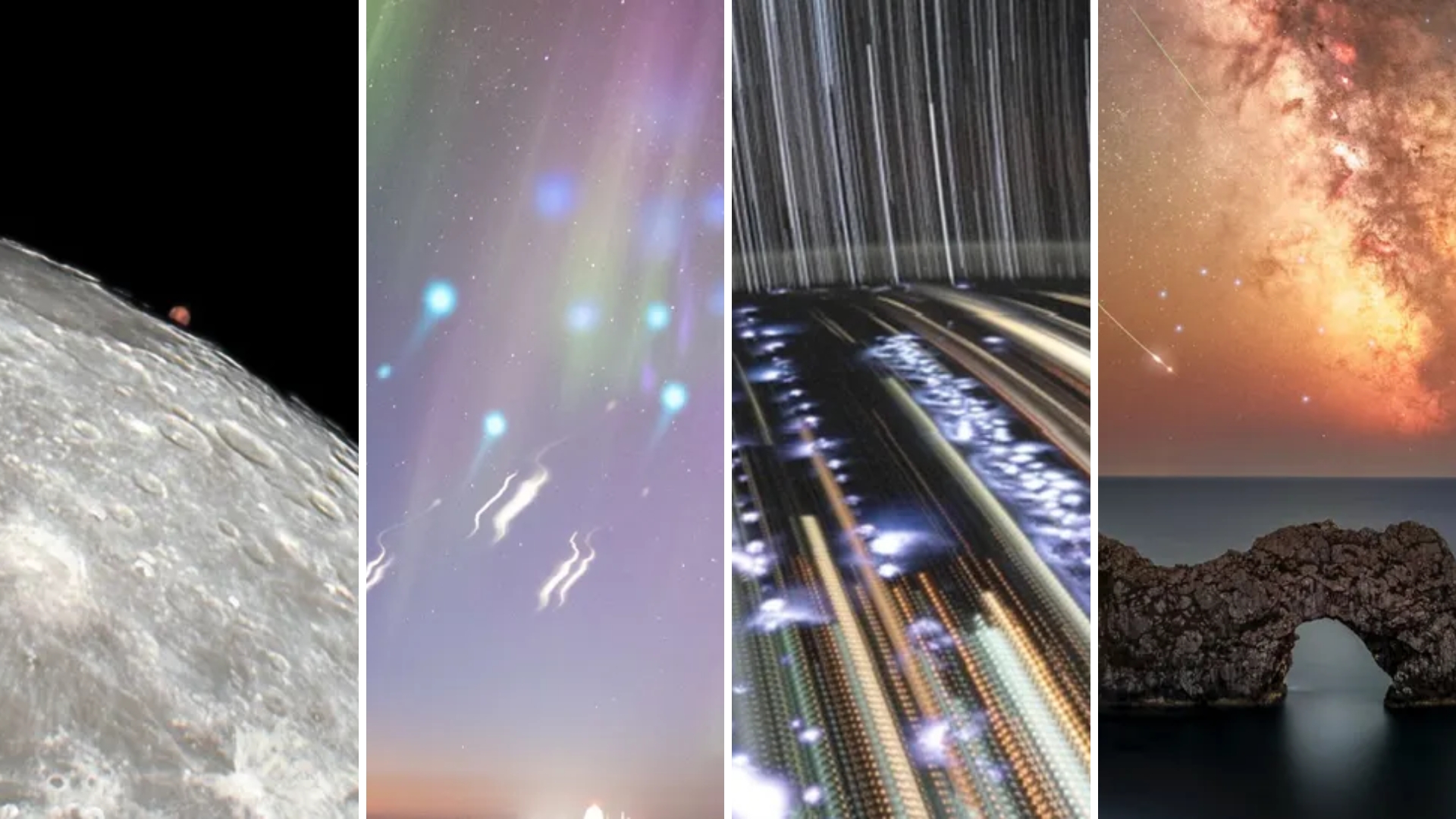Messier's List: Hubble Telescope's Stunning Views of Deep-Sky Objects
The Sombrero Galaxy
M104 is known for its white, brilliant core and thick dust lanes. The Sombrero galaxy contains upwards of 2,000 globular clusters. Peirre Méchain discovered M104 in 1781.
NGC 4874 in Coma Berenices
At the center of the Coma Galaxy Cluster, NGC 4874 can be seen among a cluster of other galaxies. This elliptical galaxy holds over 30,000 globular clusters with its gravitational pull.
The Whirlpool
Long arms of stars, gas and dust meld together to create the winding spirals of Messier 51, the Whirlpool galaxy. The small galaxy NGC 5195 can be seen behind the massive M51.
M106 in Canes Venatici
Wisps of gas reveal a strange feature of M106 — two extra arms on this spiral galaxy. Experts posit the extra arms are a result of the powerful black hole destroying matter at the center of the galaxy.
The Southern Pinwheel
M83, in the constellation Hydra, contains innumerable stars, star clusters and supernova remnants. The newest stars are found at the edges of the Southern Pinwheel's long arms.
Nicolas Louis de Lacaille found this galaxy in 1752.
M87 in the Virgo Cluster
Home to untold numbers of stars and globular star clusters as well as a supermassive black hole, galaxy M87 dominates the Virgo cluster. Charles Messier himself identified this galaxy in 1781.
M87
One of nature's mind-boggling wonders, a jet of subatomic particles traveling near the speed of light burst from the black hole at the center of Messier 87.
Breaking space news, the latest updates on rocket launches, skywatching events and more!
The Cigar Galaxy
Gravitational interactions with M81 create a starburst within M82, the Cigar Galaxy. This starburst is home to a huge amount of star formation. M81 and M82, seen in 1774 by Johann Elert Bode, reside in the constellation Ursa Major.
NGC 6573
Galaxy formation remains a mystery to astronomers, despite technological advances over time. NGC 6753 is one of only two galaxies whose galactic coronas Hubble could capture. Images of the corona may help astronomers understand how galaxies form.
M80 in Scorpius
M80 is one of the most closely packed areas in the Milky Way galaxy. The cosmic crowd boasts about 150 known globular clusters. Hundreds of thousands of stars stick together, drawn by their gravitational fields. M80 experienced a nova — an outburst caused by a burned-out white dwarf — in 1860.

Christine Lunsford joined the Space.com team in 2010 as a freelance producer and later became a contributing writer, covering astrophotography images, astronomy photos and amazing space galleries and more. During her more than 10 years with Space.com, oversaw the site's monthly skywatching updates and produced overnight features and stories on the latest space discoveries. She enjoys learning about subjects of all kinds.
